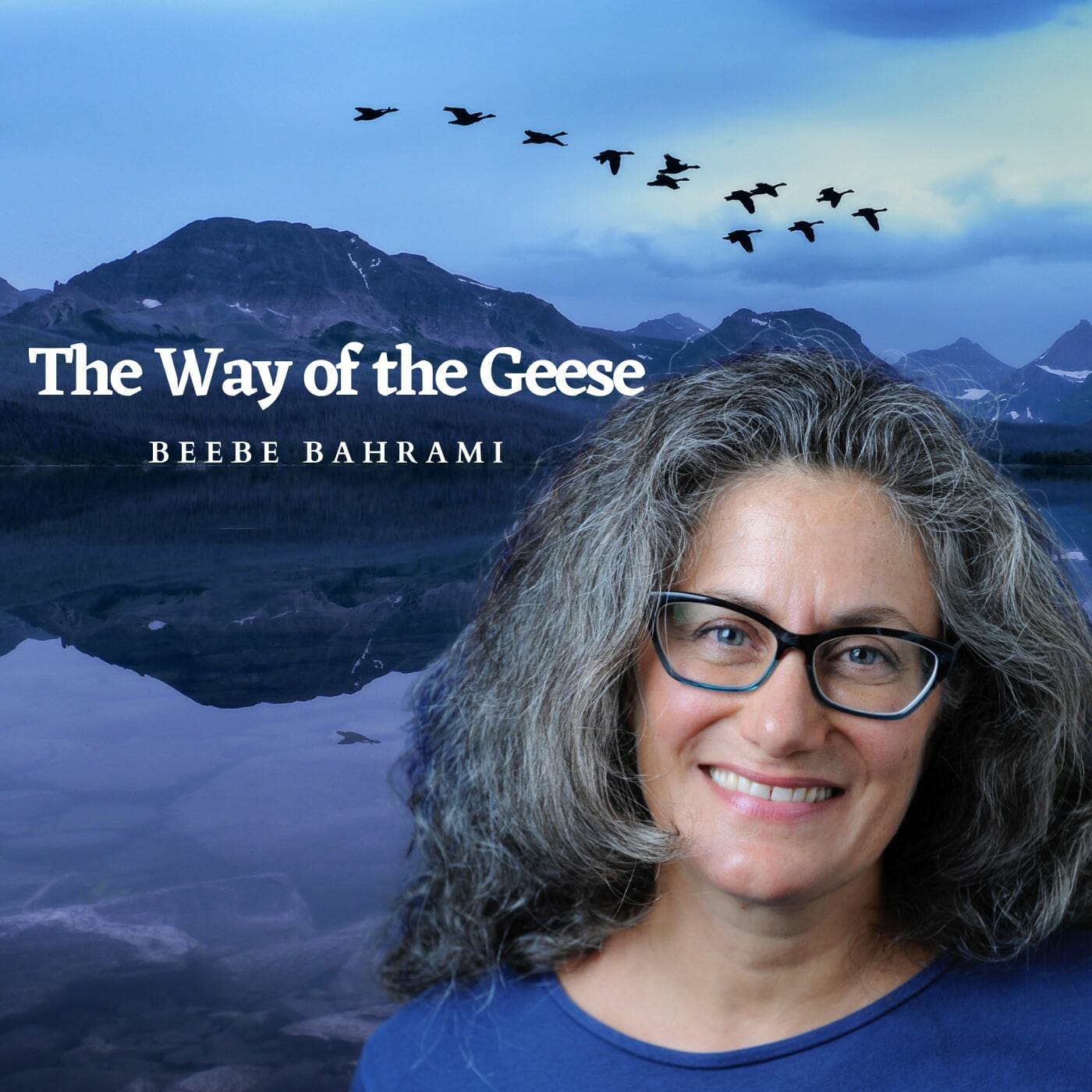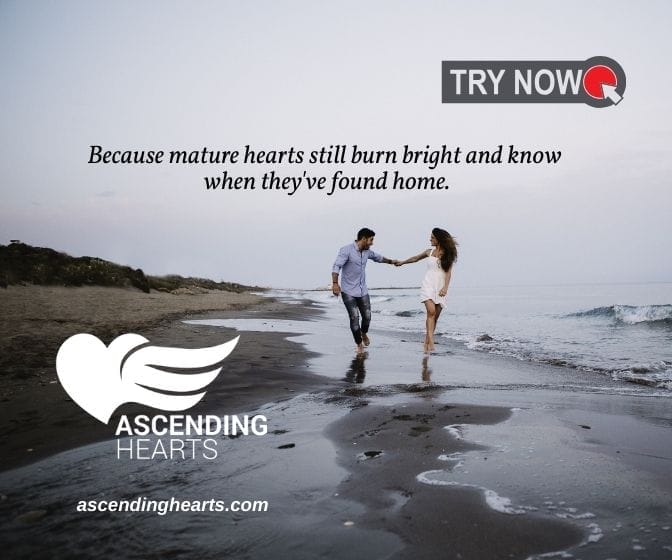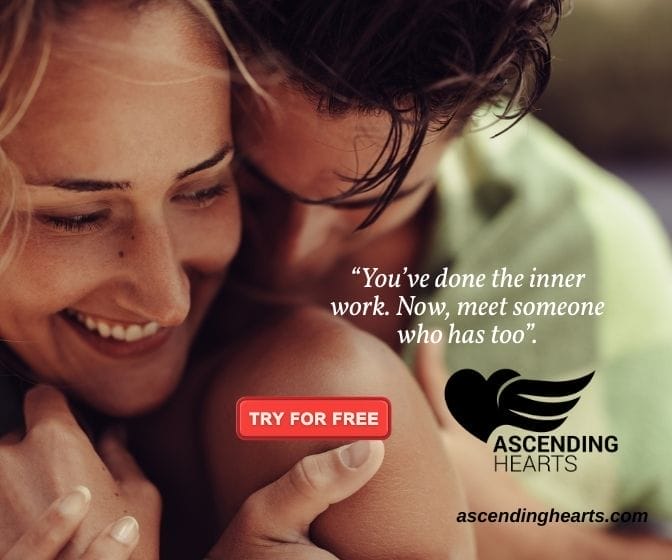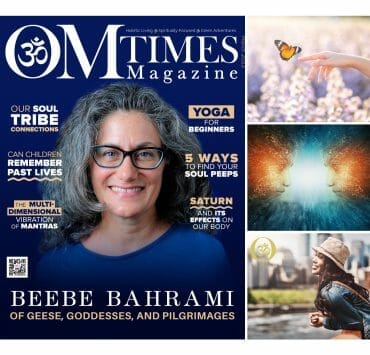Beebe Bahrami and The Way of the Wild Goose

And I had been there just before doing research for my Book, the Spiritual Traveler, Spain, and went to the cathedral in Barcelona and into the cloister, and found that there were 13 geese in that cloister. I didn’t count the geese at the time, though. I just knew there were geese. And I thought, well, that’s different, that’s curious. I wonder what the geese are about. And then I sent an email to a friend in Barcelona. I said, could you, the next time you go by the cathedral, go in and go to the cloister and count how many geese there are. And when she did, and I got the email, it was 13, just like the game of the Goose. So all these things converged on that walk to say, okay, there’s something real going on here. Pay attention to the geese. Yeah.
Sandie Sedgbeer: So, how did that understanding change your experience walking the Camino?
Beebe Bahrami: It made me, first and foremost, and maybe this is why it’s so effective as an initiatory journey. It made me pay much more attention to everything. It became the best method for a walking meditation I think I’ve ever stumbled upon. And I am one of those people who, when I walk, I’m better as a meditator. Because sitting down and meditating, I don’t. I don’t find that present time so readily as walking and letting my footprint and footstep be like prayer beads, setting a cadence and falling into the present. And paying attention to the signs and looking for the Goose and her footprints made me so present and aware of my environment and the bottom of my feet that my connection to the earth and the interior states.
It was a level of presence I had never achieved before. And I think that’s where I started realizing the power of what was happening here. But even at the beginning, I really was approaching this in this very intellectual way of the anthropologist just following the material and seeing where the material leads, looking for all the sources and the evidence. And I didn’t really expect it to start working on me. And then I just found myself. It was already working on me when I realized, oh my goodness, I think I’m one of the initiates on this path as well. And I absolutely loved it because it had magic to it. A very real, real magic synchronicity that happens when you are that present and paying attention. You are open.
Sandie Sedgbeer: When you had to go home between those trips, was that pretty hard for you? I mean, it’s like, you’re on the threshold of this incredible discovery or quest, and suddenly you have to leave it, and now it’s all in your head.
Beebe Bahrami: It is a relief because it’s intense being on the Camino and tracing a mystery like this. But, in a way, it never ended. Because going home just gave me time to digest the experiences and reflect on what was going on. Oftentimes, well, not, I say every time it’s really true. It is good for pilgrims to know that the Camino doesn’t end when they arrive at their holy destination. In this case, in Santiago de Compostela in northwestern Spain, the Camino doesn’t end. That’s the middle of the Camino. And then, just like a medieval pilgrim, you have to walk home. And half of the journey remains. And for us now, we fly home, or we take the bus home, or we boat home. It’s a faster journey, but it still takes the same amount of time, if not more time, to process the journey to Santiago de Compostela and gain its lessons. I’m still learning lessons from the first Camino I ever took and all the others after it. And there’s still more there. So it’s, um, it’s, it’s in a sense, I never left the Camino. I haven’t left the Camino yet. And especially in the pursuit of the Goose, it was always on my mind.
Sandie Sedgbeer: What would you say is the most important thing that has come out of your journeys on the Camino and your adventures with the geese?
Beebe Bahrami: Everything really is interconnected, and we need to return to our reverence of the earth and take care of her. And that includes each other and all the creatures on the earth. And that there is an incredible big-heartedness in so many people. And the experience of the Camino, it’s a big-heartedness, and it’s also a beautiful kind of real, real magic that takes place once you step to set foot on the Camino. You trust stepping into the unknown, and you open your awareness to just the very present.
Sandie Sedgbeer: How many years were there between those three trips that you took, which are chronicled in this particular Book?
Beebe Bahrami: The first pilgrimage chronicled took place in 2012, the one after it, the second pilgrimage in 2015, and the third in 2017.
Sandie Sedgbeer: So, so many people are walking the Camino now. Some do it for religious reasons, some do it for spiritual reasons, and some do it because it’s a good hike. Some do it because it’s fashionable. Some do it in tiny little slices, while others do it in one go. About the people that are doing it because it’s fashionable, or they don’t do it properly, they go on a bus tour, and they get off and walk a little bit of it. Do you wish you could say to them, hey, there’s another reason for doing this? Pay attention!
Beebe Bahrami: I resist that because, as much as I have my preferred way of doing it, I love to walk it, I love to carry my rucksack. I think I love walking every five to six weeks. That is just one way of many that are all legitimate to do it. And, sometimes, the person doing it on the bus tour will spark their interest, and then they’ll say, “I think I want to go back and walk it. And some people on that bus tour may not be able to walk, which might be why they’re on the bus tour. And everyone is there. There’s this saying on the Camino that the Camino calls you, and it gets you there at the right time, in the right way.
And, if they’re compelled to go and find out what the Camino is, I think it’s fabulous. Whether they walk, cycle, horseback, or ride a bus, there are people who’ve done it in a wheelchair. I’ve met a couple of people on crutches, so there are many ways to do it. They’re all legitimate, and they’re all ways that got that person there. And then they discover one of the things that I really want to encourage anyone to go, who wants to go however they get there, or whatever means they use to do it.
Because once you’re on it, there’s no place else in the world that I know of, except maybe the United Nations, where you’re going to meet people from over 190 countries in the world. And unlike the United Nations, you’re simplifying your life. You’re just taking what you need, what fits into a rucksack, and discover that you don’t really need very much. And that when you trust life, life delivers what you need.
Sandie Sedgbeer: You experienced some amazing synchronicities on those journeys. Would you say that maybe no more than usual, you were more aware of the synchronicity, or do you think there was some kind of magic going on? I mean, it’s on a lay line. The whole trail is supposed to be; I think it’s on lay lines.
Beebe Bahrami: My experience is yes, it, it’s definitely on a lay line, uh, it is a sort of supercharged, synchronistic place.
Sandie Sedgbeer: Do you feel super empowered?
Beebe Bahrami: I do only because I learned by walking it how much everything I need is delivered, even in ways that I could have never imagined, and I really emphasized the need, not want what I needed to be delivered, you know? So there, there’s this kind of honesty, and making one honest as well of the Camino. But there’s definitely something powerful and supercharged going on there. And I think a part of it is because we humans have chosen this landscape based on certain innate features pulling us at our charge to walk it. And so we’re adding to that. We’re adding that extra resonance to it that makes it supercharged. It’s a place that also says it’s you. You are invited here to walk in a way you haven’t walked anywhere else back home. And I think that’s a part of it as well. Why do the synchronicities seem to be so profound? But by walking it, I’ve also learned, especially walking it several times. Then I discovered, wow, this synchronicity in these coincidences. They keep happening in ways I couldn’t have orchestrated or made up. And so, having that experience now at home, I tell myself, pay attention! Because there is synchronicity all around us, but you must notice it. You have to see the openings that are coming at you.
Sandie Sedgbeer: When you were making those three trips and didn’t know that you were going to, I imagine, turn that into a book, each of those trips was pivotal to this particular Book. Were you recording your impressions and experiences? Were you writing them down, taking notes, the whole time?
Beebe Bahrami: I was on every one of those pilgrimages. I was keeping a notebook, and very much in my training as a writer and as an anthropologist, I really call them my field notes. I was noting everything down, including, you know, at night. I would definitely do the full download of notes in my journal. But by day, I had just a little journalist’s notebook that you flip open and it can fit in your pocket. And I had that in my pant pocket, with a pen ready to just flip open and jot something down. So I was, and now, with the advent of digital photography, that 2012 trip was, you, wonderful because it was the first time, I really took a digital camera on the trail with me.
And then those also could become ways of notetaking. Or if I saw a goose sign, I could take a photograph of it. So thousands of photos, a lot of notes. And I think it’s really important too. I love really recommending and emphasizing with anyone walking El Camino, whether they see themselves as going as a pilgrim or not, to keep a journal and to write in it every day, and to give themselves that space every day to do it, where they’re not talking to anybody else and they just go in and write down their experiences of the day, because we really forget a lot of the details very quickly.
Sandie Sedgbeer: We do.
Beebe Bahrami: It’s amazing what you find when you go and reread those notes.
Sandie Sedgbeer: So, the Way of the Wild Goose… That wasn’t your first Book, was it?
Beebe Bahrami: No. My first Book… well, I actually was a guidebook updater for Michelin Green Guides. So, my first Book was Provance Guide. It was one of my breaks in the world of travel writing. And then, I was commissioned by Polish Press to research and write the spiritual travelers Spain. Uh, and that came out in 2009. And that was a really beautiful experience because they already knew I was devoted to research and writing on Spain and Southern France. And they had this book series, and they said, would you write this Book? And it needed to cover the sacred, the most sacred experiences of Spain, and they didn’t have to be Catholic, and they had they of all time, from prehistory to the present. And I spent four and a half months backpacking across Spain, walking many pilgrimage roots in different parts of the peninsula to write.
And that gave me the fabulous foundation for when I started devoting myself more and more to the Camino. Following that, I wrote a historical walking guide to Madrid. And then I wrote Café Oc, the near memoir of living in southwestern France in the Dordogne, and then Cafe Neanderthal, which spun out of Café Oc when I ran into my old archeology professor in graduate school and got to excavate it and the Neanderthal site of La Ferrassie. And following Cafe Neanderthal, the Moon, Camino De Santiago, I was given a chance to create this new guidebook for Avalon Travel, a Hachette division. Then the Way of the Wild Goose is the most recent.
Sandie Sedgbeer: Well, as we are reading the Way of the Wild Goose, joining you on your journey, um, you are letting it be known how much you want to be earning your living as a writer. And, there is a lot of doubt and a lack of confidence that that can happen. But of course, as, as we know from what you’ve just told us, you have, you do earn your living as a writer, and you’ve been successful at it. And you really do have a great talent for writing. How do you feel now, looking back on that? Do you feel that maybe the Camino, maybe that experience, had something to do with that dream coming to fruition?
Beebe Bahrami: It had a lot to do with it, a lot, because the dream of becoming a writer, I was writing already. I was writing every day, pitching, and doing the work, uh, no matter what else I had to do. But it was the confidence that this was a legitimate life that a person could have. You know, it was mostly when I would meet people, and they’d say, what do you do? And I’d say I’m a freelance writer. You could just see one person say no, you’re not. That’s impossible! And I thought, oh my God, I would never imagine saying that to anyone. But, so it was the confidence piece. But, the Camino, by walking it and saying, this is what I really want to do, uh, started delivering those pieces of synchronicity that, that really said, yes, this is the walk, this is the walk in your life. This is something that really matters. This is your calling. And maybe one of the biggest synchronicities that it happened right on the Camino is it’s in the second Camino in the Book, after crossing the Pyrenees in an ice storm and landing in Roncesvalles and finding that, because I don’t like to reserve ahead, I like to land where I’m going to land and then find a place to stay. So it’s, to me, a part of the adventure. And everything was booked. No beds were left, and everyone was also really wet. And it was a dreary, wet, cold day and place to be. And we had been told to get off the mountain because it was getting dangerous. So I just skidded down this sort of icy mountainside into Roncesvalles to find there’s no place to stay.
And just decided I’m going to walk another three or four kilometers to the next village of Burguete. The first place that I see, I’m going to walk in, I’m going ask for a place to stay. And while all this was going on, I had walked that Camino. I decided I was going to go back on the Camino because not only did I want to follow the Goose, but a lot was going on in my life that really made me doubt my chops as a writer. And if I had it to stick it out. I already had landed an agent, which is pretty big. You’d think that would build confidence. And she was shopping around two book projects, which were Cafe Oc and Café Neandertal, to also spoil others. She found homes for them.
But this was before it happened, and it was a really hard market, and the publishing world was a lot harder to sell and pitch to. So, I thought, I’m going to go walk the Camino while all this is happening, just to get some sense of things, get back in touch with my center, and follow the Goose. Why not? And unbeknownst to me, while I was crossing the mountain in that ice storm, there were two emails from my agent, six hours apart. And, there is no wifi in these parts of the Pyrenees where I was crossing, and I wouldn’t have been able to check in anyway. But, when I got to Burguete, the first place I found was a nice little hostel right at the beginning of the village.
I went in, and the guy said, yep, you’re the only guest staying here. And, he sort of, sort of looked around at the keys hanging on the wall behind him and picked one that seemed significant and gave it to me. And I went and checked, got showered, and changed my clothes. And then I went back down and said, could I get the wifi code? I need to check wifi it my emails. And I saw over his shoulders a portrait of Ernest Hemingway. And I said, my goodness, Ernest Hemingway. And he said, oh, this is where Hemingway would stay when he went trout fishing in the Pyrenees: “The sun also rises,” that’s the hotel. And he said, and I gave you his room. And I just thought, oh my God, this guy doesn’t even know I’m a writer.
This is so fabulous. When I finally got my emails, one email was sent six hours before the second one from my agent said, you have interest in Cafe Oc? And then the second email, she said, “I don’t know what’s in the air. Still, a second independent publisher is interested in Cafe Neanderthal. Cause I had developed these two books side by side and sent the proposals off to her almost simultaneously. And by the time, you know, a week, about two weeks later, I think, on the Camino, both of those books had contracts and offers. And I was thinking, and I first learned about it in Hemingway’s room, in Hemingway’s Hotel. I just thought, never going to doubt this again. You can’t have that much writer mojo behind you and doubt things.
Continue to Page 3 of the Interview with Beebe Bahrami
Click HERE to Connect with your Daily Horoscope on OMTimes!
Visit Our Astrology Store for Personalized Reports
OMTimes is the premier Spiritually Conscious Magazine. Follow Us On Facebook, Twitter, Instagram, Linkedin, Pinterest, and Youtube
A veteran broadcaster, author, and media consultant, Sandie Sedgbeer brings her incisive interviewing style to a brand new series of radio programs, What Is Going OM on OMTimes Radio, showcasing the world’s leading thinkers, scientists, authors, educators and parenting experts whose ideas are at the cutting edge. A professional journalist who cut her teeth in the ultra-competitive world of British newspapers and magazines, Sandie has interviewed a wide range of personalities from authors, scientists, celebrities, spiritual teachers, and politicians.









